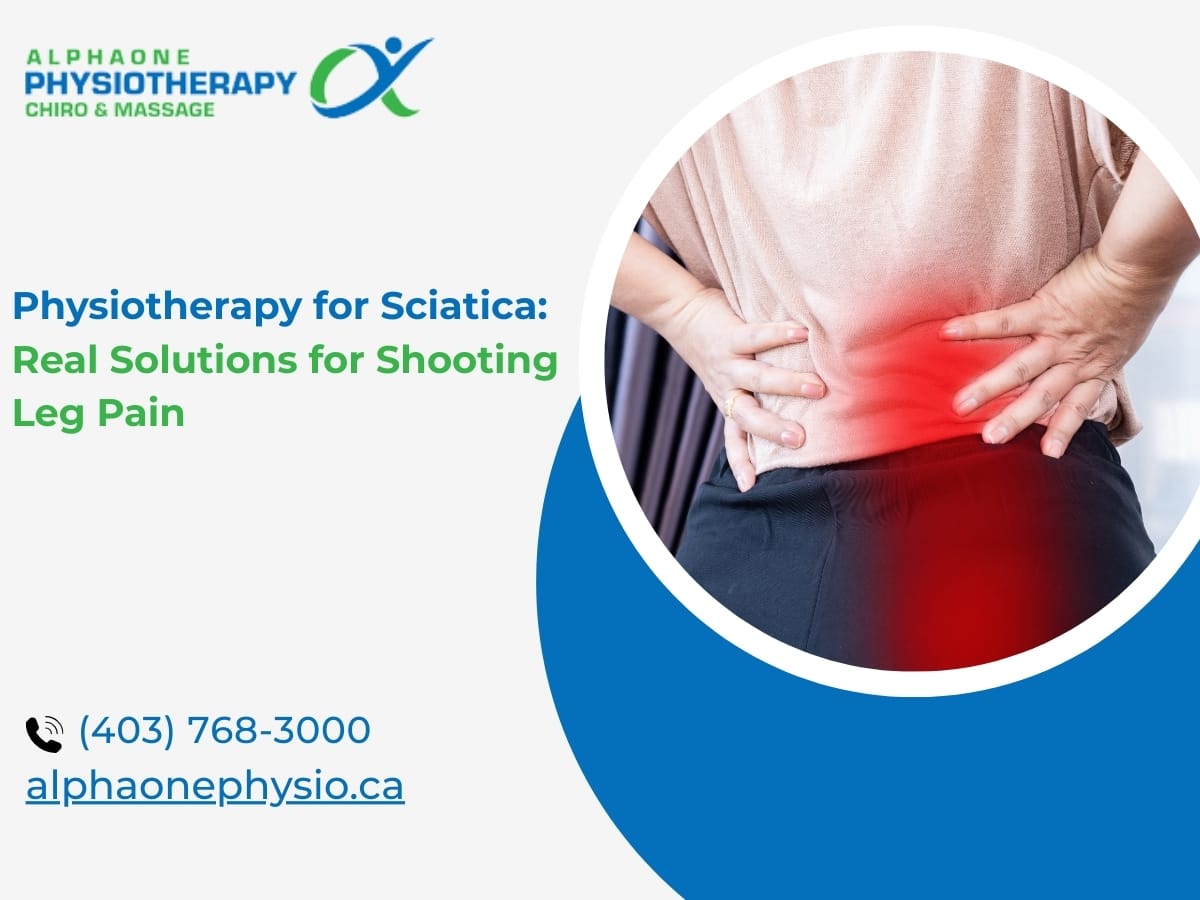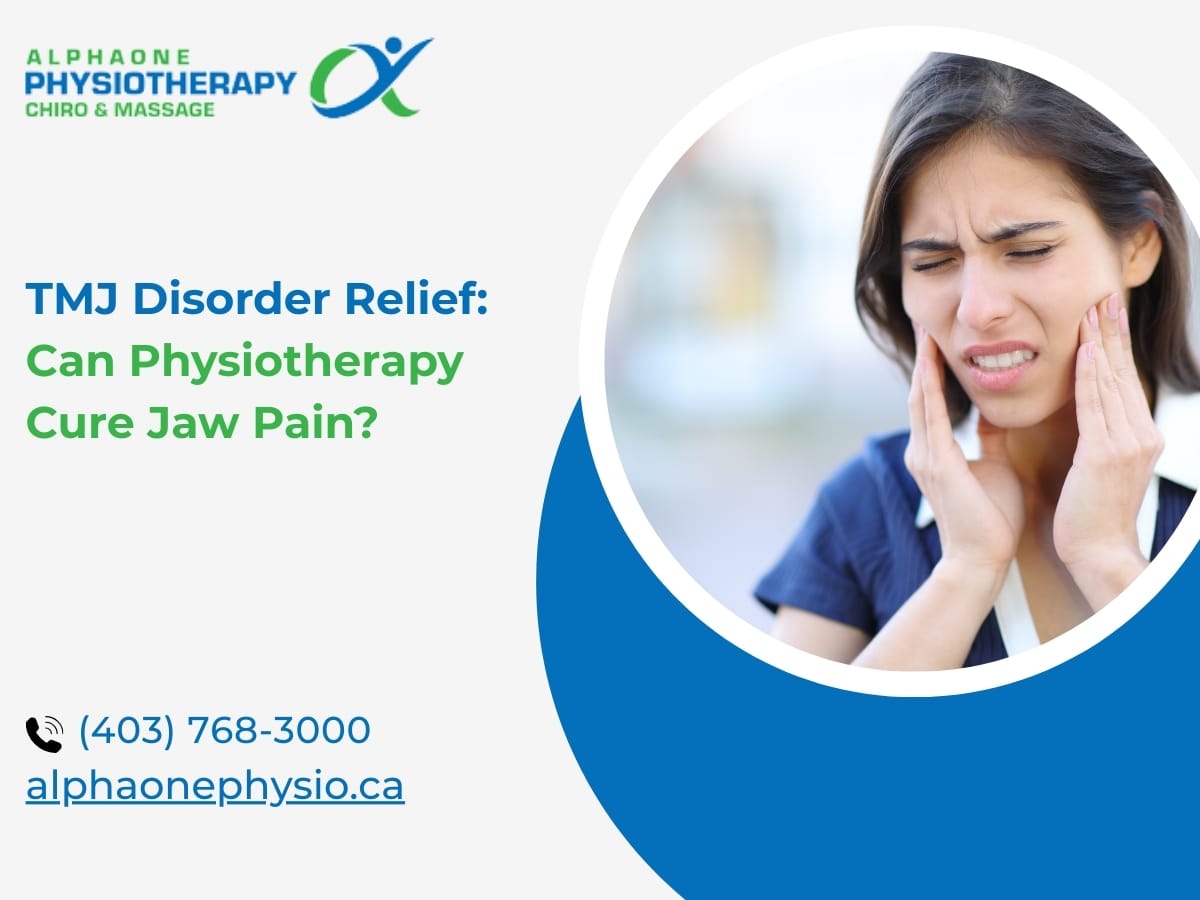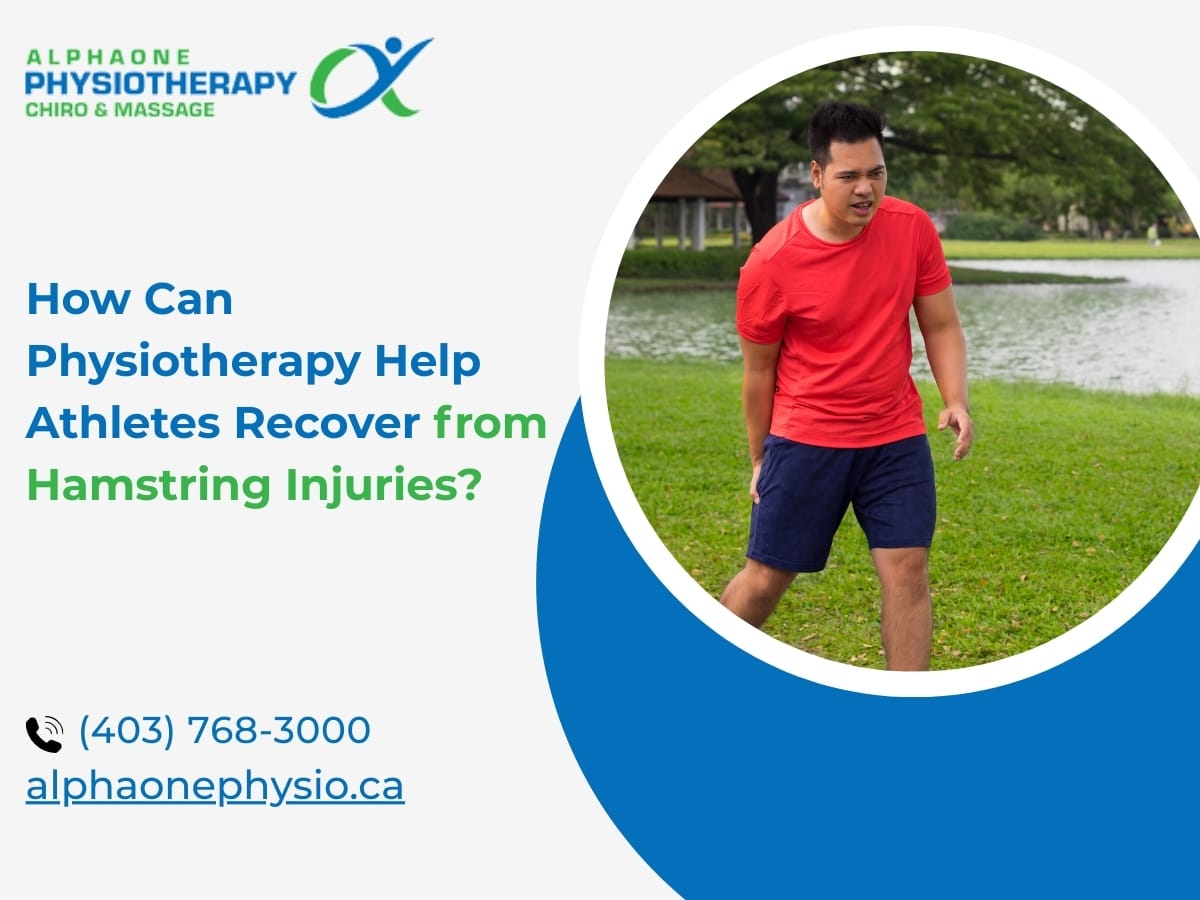You’re dealing with a frozen shoulder; you know it’s tough. Your shoulder gets stiff and painful, making it hard to move. Usually, doctors suggest frozen shoulder exercises, medicine, or even shots to help. But now, a new treatment called Shockwave Therapy is getting a lot of attention. It’s especially good for people with diabetes. We will examine the conservative treatments and this new Shockwave Therapy to see what works best. This way, you can figure out the best way to ease your shoulder pain and get moving again.
What is a Frozen Shoulder?
Before we compare conservative treatments, it’s essential to understand what a frozen shoulder is. This common condition, medically known as adhesive capsulitis, involves stiffness and pain in the shoulder joint capsules. It typically goes through three stages: the freezing stage, where the pain gradually worsens; the frozen stage, where the shoulder becomes harder to move; and the thawing stage, where the range of motion improves. Sometimes, loss of motion in the shoulder leads to stop external rotation and, in some cases, internal rotation too.

Traditional Treatments: A Tried and Tested Approach
When fixing a frozen shoulder joint, there are some traditional ways doctors have used it for years. These are well-known and have worked for a lot of people. Let’s check them out:
- Physical Therapy: This is like a workout for your shoulder joints. The therapist guides you through shoulder exercise therapy to make your shoulder less stiff and more flexible.
- Medications: Your doctor might give you medicine to ease the pain and reduce swelling.
- Steroid Injections: These shots go right into your shoulder to calm down the pain and swelling. They work well, but if you have diabetes, you’ve got to be careful because they can mess with your blood sugar.
- Surgery: If nothing else works and your shoulder joint is terrible, doctors might suggest surgery to loosen things up there.
Shockwave Therapy: A New Frontier in Treatment
Shockwave Therapy is a pretty cool new way to treat a frozen shoulder. Here’s how it works:

- Setting Up: You go to a clinic where they do Shockwave Therapy. You’ll sit or lie down in a comfortable position.
- Targeting the Area: The therapist finds the exact spot on your shoulder muscles that needs treatment.
- Using the Shockwave Device: They use a machine that looks like a gun. It sends sound waves (these are the “shockwaves”) right into your shoulder muscles.
- The Treatment: When the machine is turned on, it sends these waves deep into your shoulder scar tissues. You might feel a tapping or flicking sensation. It doesn’t hurt, but it might feel a bit strange.
- Stimulating Healing: These shockwaves are pretty powerful. They jumpstart the healing process in your shoulder range by increasing blood flow and waking up the body’s natural healing powers.
- Quick Sessions: Each conservative treatment is quick, usually just a few minutes. You might need several sessions for effective treatment over several weeks to get the best results in the shoulder range.
Read Also: Shockwave Therapy and Its Benefits
Comparing the Effectiveness: Shockwave Therapy vs. Traditional Methods
| Feature | Shockwave Therapy | Traditional Methods |
| Method | Non-invasive sound waves | Physical therapy, medications, injections, surgery |
| Pain Relief | Significant reduction in pain | Varies; can be effective |
| Mobility Improvement | Notable increase in range of motion | Gradual improvement with frozen shoulder exercises and therapy |
| Treatment Time | Quick sessions, several weeks overall | Longer duration depends on the method |
| Side Effects | Minimal to none | Medications and injections may have side effects; surgery involves recovery time |
| Suitability for Diabetics | Often more suitable, especially beneficial for blood sugar control | Steroid injections can affect blood sugar levels |
| Invasiveness | Non-invasive | Injections and surgery are invasive |
| Recovery Time | Minimal recovery time | Longer recovery, especially if surgery is involved |
| Overall Effectiveness | Shows promising results, especially in diabetics | Proven effectiveness, but depends on individual response |
Which Therapy Should you Choose?
When deciding between Shockwave Therapy and Traditional Methods for treating a frozen shoulder, it’s crucial to consider your specific condition and preferences. Shockwave Therapy offers a non-invasive approach that utilizes sound waves to target deep connective tissues, promoting blood flow and healing soft tissues. This method can be particularly beneficial for a normal range of individuals with diabetes, as it can help with blood sugar control. However, discussing the treatment plan and expected outcomes with your healthcare provider is essential.
On the other hand, Traditional Methods, including physical therapy, medications, and injections, have a proven track record in improving shoulder mobility and reducing pain. These passive ranges often include targeted shoulder exercise therapy and stretching exercises that can gradually restore the range of movement. Patient education on proper techniques and adherence to a treatment plan are essential aspects of traditional approaches.
In summary, the choice between Shockwave Therapy and Traditional Methods should be based on your unique needs and medical history. Consult with your healthcare professional to determine which approach aligns better with your shoulder motion and function goals. Check physical therapy interventions for healing your soft tissues quickly. Understanding each method’s benefits and potential risks, especially in the context of your condition, will help you decide on the most suitable treatment for your frozen shoulder syndrome.
Conclusion: Embracing Innovation in Treatment
Frozen shoulders can significantly impact daily activities and quality of life. While traditional methods have been effective, Shockwave Therapy emerges as a promising alternative, offering pain relief, improved function, and additional benefits for diabetic patients. As medical technology advances, treatments like Shockwave Therapy pave the way for more effective, safer, and patient-friendly options for managing shoulder conditions.
Remember, whether it’s traditional methods or innovative treatments like Shockwave Therapy, the goal is always to restore your shoulder’s natural movement history and ensure improved function. At AlphaOne Physio, we’re committed to providing you with the best care and the most effective treatment options for your shoulder pain.






